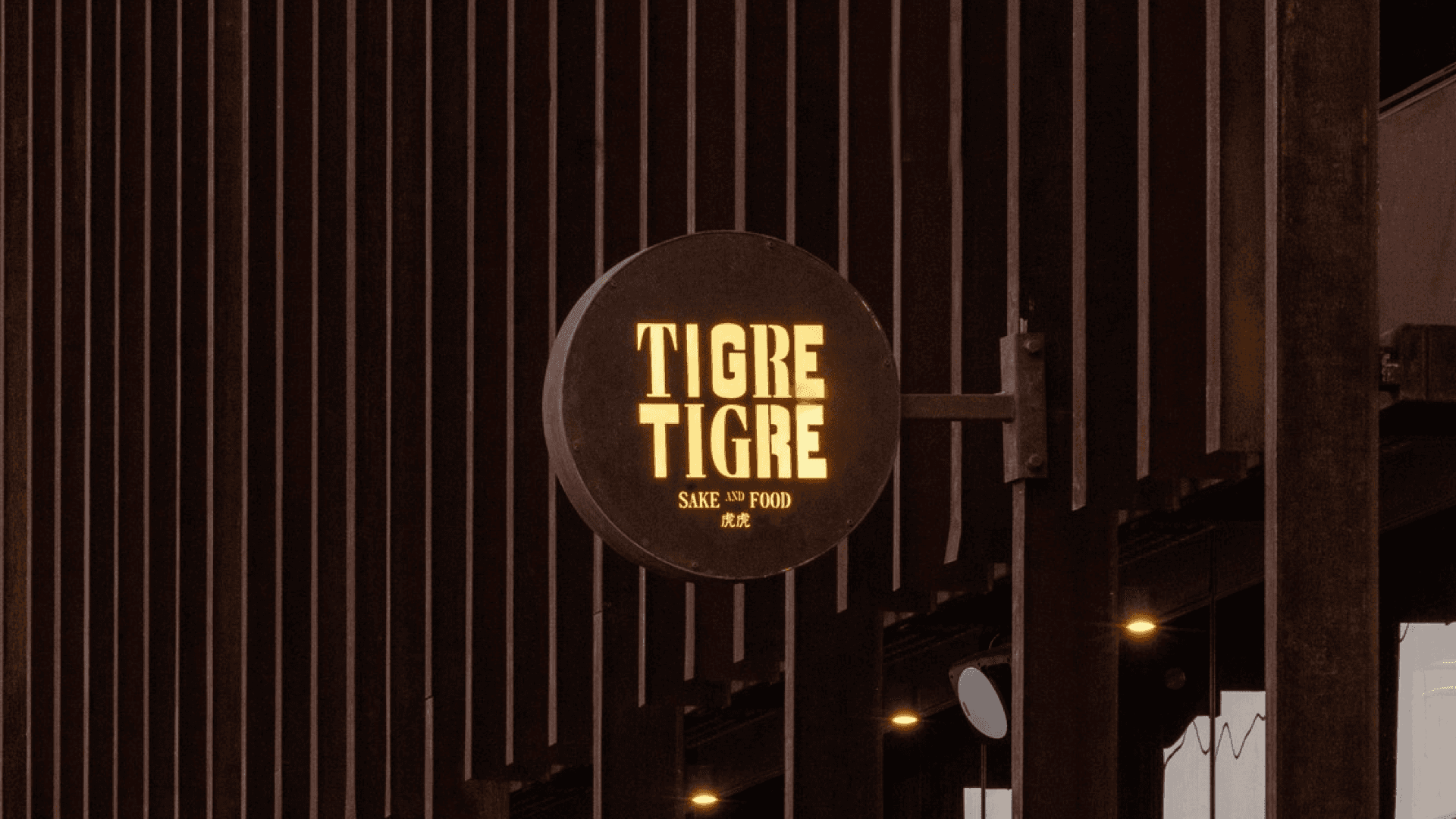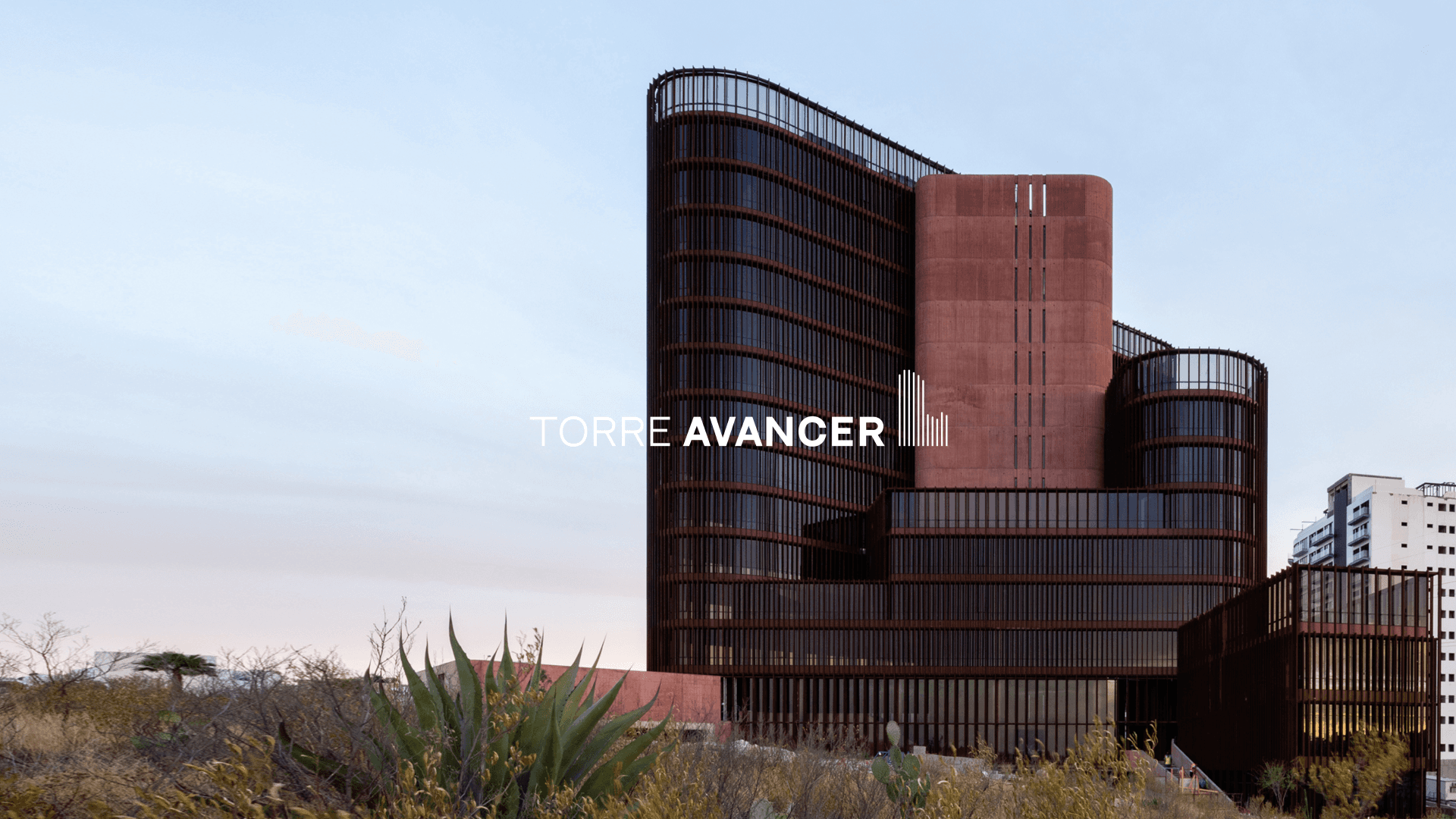How to Evaluate a Website Design: Key Criteria for Success
Effective website design requires a focus on search engine optimization and conversion strategies.
Evaluating a website design is crucial for ensuring its effectiveness in achieving your business goals. A robust evaluation involves examining user experience, visual appeal, and basic SEO elements to create a site that not only attracts visitors but also keeps them engaged. By understanding how these components function together, you can make informed decisions that enhance your site's performance.
At Atla*, we specialize in blending creativity and strategy to develop designs that resonate with your audience. Our comprehensive approach goes beyond surface-level aesthetics; we focus on building a cohesive brand experience that fosters lasting connections. Evaluating your website design with a keen eye can greatly influence your brand's perception and success.
The user experience is at the heart of an effective website. A site that is visually appealing, easy to navigate, and optimized for search engines will stand out in a crowded market. With our multidisciplinary team at Atla*, you can trust that every design element reflects your brand's core values and mission, ultimately driving higher engagement and conversion rates.
Evaluating Design and Aesthetics
Evaluating design and aesthetics involves closely examining various visual elements that contribute to a website's overall impact. Key components include visual appeal, color scheme, typography, and the effective use of white space. Assessing these factors helps determine how well a website communicates its brand identity and engages its audience.
Assessing Visual Appeal and Consistency
Visual appeal plays a crucial role in attracting and retaining visitors. When evaluating appeal, consider the harmony and consistency of design elements. A cohesive look enhances usability and reflects professionalism.
Key points to assess include:
Imagery Quality: Use high-resolution images that align with your brand's messaging.
Element Consistency: Maintain a uniform style across buttons, icons, and layouts to create familiarity.
Branding Alignment: Ensure visual elements effectively represent your brand's identity and values.
Consistent visual appeal fosters trust and creates a compelling visual story that resonates with your audience.
Understanding Color Scheme and Typography
The color scheme and typography significantly influence user perception and brand recognition. A well-chosen color palette can evoke emotions and reinforce brand identity.
Consider these elements:
Color Psychology: Colors can impact mood—choose hues that reflect your brand's personality.
Contrast and Readability: Ensure text is legible against background colors. Effective contrast improves user experience.
Font Selection: Use one or two fonts to maintain clarity. The typography should support the tone of your content and appeal to your audience.
When designed thoughtfully, these elements will work together to create a strong visual identity.
Examining White Space and Visual Hierarchy
White space, or negative space, is essential in creating a balanced design. It helps eliminate clutter and enhances readability.
Evaluate how white space is used:
Improving Comprehension: Adequate spacing around text and images allows users to digest information easily.
Focusing Attention: Use white space strategically to draw attention to key elements, like calls to action.
Visual hierarchy guides the user's journey through content. Prioritize important information through size, contrast, and placement. This ensures that visitors quickly understand your message.
Atla* combines creativity with strategy in branding, ensuring that your design choices resonate with consumers. By leveraging our expertise in visual identity and design, your brand can stand out and foster lasting connections.
Usability and User Experience
Assessing usability and user experience (UX) is crucial for ensuring your website effectively meets user needs. This involves evaluating how easily users can navigate your site and how well it performs across devices. Focusing on these areas enhances visitor satisfaction and engagement.
Conducting Usability Tests
Usability testing helps identify potential issues that may hinder user experience. During these tests, real users complete specific tasks while observers note any difficulties they encounter. This can reveal pain points in the design.
To conduct effective usability tests, follow these steps:
Define objectives: What do you want to learn? Set clear goals.
Select users: Choose a representative sample of your target audience.
Create tasks: Develop tasks that reflect common user actions.
Collect feedback: Use surveys or interviews post-test to gather insights.
Documenting findings allows you to make informed design modifications that significantly improve overall usability.
Optimizing for Easy Navigation and Performance
Your website's navigation needs to be intuitive. Clear pathways lead users to information swiftly, enhancing their experience. Utilize a hierarchical structure that prioritizes critical content.
Key elements to consider for easy navigation:
Consistent structure: Ensure menus and page layouts are uniform.
Search functionality: Implement search bars for quick content access.
Breadcrumbs: Allow users to track their location within the site.
Performance is equally crucial; slow load times can frustrate users. Aim for fast loading by optimizing images and minimizing code. Regular testing ensures that your site remains responsive and efficient.
Ensuring Mobile-First and Responsive Design
With a growing number of users accessing websites via mobile devices, adopting a mobile-first approach is vital. This means designing your website for mobile use first and then scaling up for desktop users.
Key strategies include:
Fluid grids: Use flexible layouts that adapt to various screen sizes.
Media queries: Implement CSS techniques to alter styles based on device characteristics.
Touch-friendly elements: Ensure buttons and links are easily clickable on touch screens.
Atla* specializes in crafting responsive designs that enhance user experience across devices, ensuring that your brand resonates effectively, no matter the platform. By focusing on these aspects, you create a seamless journey for users.
Measuring Website Performance
To effectively evaluate a website design, it's important to focus on measuring its performance through key aspects such as user engagement, analytics tools, and speed. These components will provide you with insights that can enhance user experience and improve overall functionality.
Analyzing User Engagement and Feedback
Understanding how users interact with your website is crucial. Start by tracking user behavior through tools that offer insights on page views, time spent on each page, and bounce rates. High engagement typically indicates that your content resonates well with users.
Collect qualitative data by incorporating feedback forms or surveys. Ask users specific questions about their experience and suggestions for improvement. This feedback can guide design changes that enhance usability. Effective analysis combines quantitative metrics with qualitative insights for a holistic view of user engagement.
Utilizing Google Analytics and SEO Tools
Google Analytics serves as a fundamental tool for tracking website performance. Set up relevant goals to measure critical actions such as conversions or sign-ups. It allows you to monitor traffic sources, which can inform your SEO strategy.
In addition to Google Analytics, leverage SEO tools to analyze keyword performance and page rankings. These tools provide insights into how well your website is optimized for search engines. Pay attention to metrics like organic traffic growth and click-through rates to assess the effectiveness of your SEO initiatives.
Improving Website Speed and Security
Website speed plays a significant role in user satisfaction and retention. Tools like PageSpeed Insights will help you analyze your site's loading times. Aim for a load time of under three seconds to minimize bounce rates.
Security is equally important; ensure your website is secured with HTTPS encryption. Employ regular security audits and updates to protect user data. Implement caching strategies and image optimization techniques to enhance speed without compromising security.
By focusing on these areas, you can create a more efficient and effective website that aligns with user needs.
Content Strategy and Organization
A well-defined content strategy is crucial for effective website design. It ensures that your message is clear, engaging, and aligned with your users' needs. Organization plays a key role in guiding visitors through your site, enhancing their overall experience.
Crafting a Value Proposition & Tagline
Your value proposition is the cornerstone of your brand's communication. It should succinctly convey what makes your offerings unique and valuable. A strong tagline can encapsulate this message, making it memorable and impactful. Aim for clarity in your wording—this helps users quickly understand what you offer.
Consider creating a table to compare your value proposition against competitors. This can highlight your unique advantages. For example:
FeatureYour BrandCompetitor ACompetitor BPricingCompetitiveHigherSimilarQualityPremiumAveragePremiumCustomer Service24/7 SupportLimited Hours9-5 Support
Atla* excels at helping businesses define their messaging in a way that resonates with their audience.
Ensuring Content Quality and Readability
High-quality content is essential for keeping users engaged. It should be informative, accurate, and relevant to your audience. Use short paragraphs and bullet points to improve readability.
Visual storytelling can enhance your message. Utilize images and graphics judiciously to break up text and illustrate points. Ensuring accessibility is also vital; use alt text for images and maintain a readable font size.
Use this checklist to assess content quality:
Is the information accurate?
Is the language clear and direct?
Are graphics used effectively?
Is the layout visually appealing?
When you focus on these elements, you create a seamless user experience that encourages interaction. Your content should reflect your brand's values, making it a crucial part of your web design strategy. Atla* is dedicated to crafting such strategies that not only attract but also retain your audience.
Optimization for Search and Conversion
Effective website design requires a focus on search engine optimization and conversion strategies. These elements work together to enhance visibility and engage visitors effectively. Careful implementation will drive traffic and improve user experience, leading to higher conversion rates.
Search Engine Optimization
Search engine optimization (SEO) is crucial for improving your site's visibility in search engine rankings. Start by conducting keyword research to identify relevant terms your audience is searching for. Incorporate these keywords naturally into your content, headings, and metadata.
Backlinks are another vital aspect of SEO. They signal to search engines that your site is reputable. Focus on building quality backlinks through outreach, guest blogging, and partnerships. Additionally, ensure your website is mobile-friendly and loads quickly to reduce bounce rates, as these factors positively influence SEO rankings.
Leveraging Conversion Rate & A/B Testing
Optimizing for conversions involves understanding user behavior on your site. Monitor bounce rates and conversion rates to identify areas that might need improvement. Tools like heatmaps can provide insights into user interactions.
A/B testing is an effective method for refining your design and content. Test different elements like call-to-action buttons, color schemes, and page layouts to see what resonates best with visitors. By analyzing results, you can make informed decisions that enhance user experience and lead to higher conversions. Atla* combines expertise in website design with market insights, ensuring your brand stands out while appealing to your target audience.





















